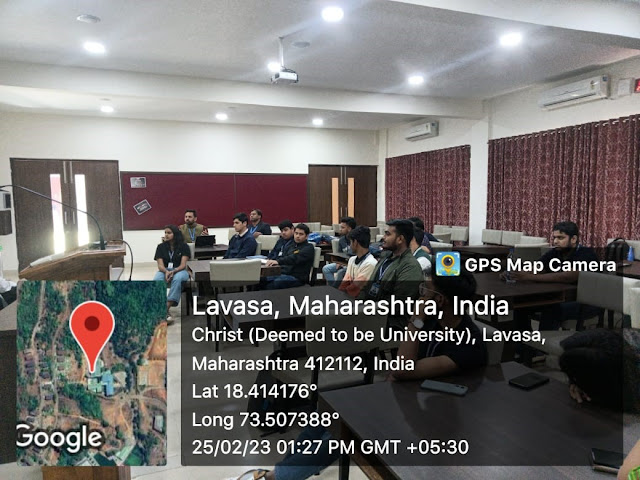WORKSHOP ON PROCESS OF INNOVATION DEVELOPMENT
The workshop covered several topics related to business, innovation, and technology. The discussion began with a focus on the importance of having a clear aim and purpose for any project or venture. Participants shared their thoughts on what they believed to be the most important factors in achieving success, whether in a B2B or B2C context.
Innovation was also a key topic, with
participants discussing the role of patents in protecting new ideas and inventions.
The importance of errorless bank transactions was emphasized, as this can have
a significant impact on customer satisfaction and trust. Entrepreneurs were
encouraged to work on developing clear problem statements as a key step in
driving innovation.
The group also discussed the importance
of special interest groups, such as SIGs, in fostering innovation and
collaboration within specific industries. The use of GPUs for rendering frames
and other applications was discussed, as well as the potential for CCTV
technology to detect unexpected activities.
Participants were also encouraged to
start writing blogs and sharing their thoughts and ideas with others. The four
pillars of entrepreneurship were discussed, along with strategies for setting
up a company and filing patents. The importance of writing good code and
participating in hackathons was also highlighted.
Finally, the group explored the topic
of creditworthiness in rural India and the challenges faced by entrepreneurs
working in this context. Overall, the workshop provided a broad overview of
several important topics related to business, innovation, and technology, and
participants were encouraged to continue exploring these ideas in greater
depth.
The
innovation development process involves several stages that help organizations
to create and bring new ideas, products, or services to market. Here are the
typical stages of the innovation development process:
Idea
Generation: This stage involves the identification and generation of new ideas.
Ideas can come from various sources, such as brainstorming sessions, customer
feedback, market research, and industry trends.
Concept
Development: Once an idea is identified, it needs to be further developed into
a concept that can be tested and evaluated. This stage involves analyzing the
feasibility of the idea, creating prototypes, and refining the concept.
Market
Analysis: Before launching a new product or service, it is essential to conduct
market analysis to identify potential customers, competitors, and market
trends. This stage helps to assess the demand for the product or service and to
identify potential challenges.
Product
Development: In this stage, the actual product or service is developed, tested,
and refined. This involves creating a detailed design, developing a production
plan, and testing the product or service in a controlled environment.
Launch: After completing the product development stage, the product or service is launched into the market. This involves creating a marketing plan, establishing distribution channels, and promoting the product or service.
Evaluation
and Improvement: After launching the product or service, it is important to
evaluate its success and identify areas for improvement. This stage involves
collecting customer feedback, analyzing sales data, and making improvements to
the product or service based on the feedback received.
Overall,
the innovation development process is a dynamic and iterative process that
requires continuous evaluation and improvement. Successful innovation
development





The licensing process is designed to protect consumers. Companies that are debt remediation license is held to a higher standard and must comply with regulations designed to protect consumers. This includes providing accurate information about services, fees, and terms; avoiding deceptive practices; and responding to consumer complaints in a timely manner.
ReplyDelete